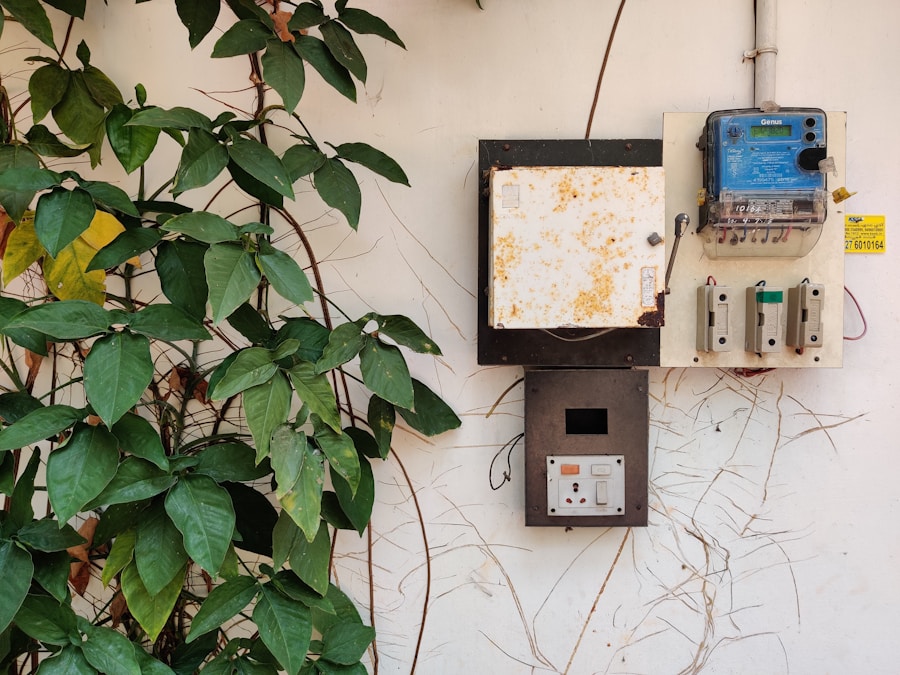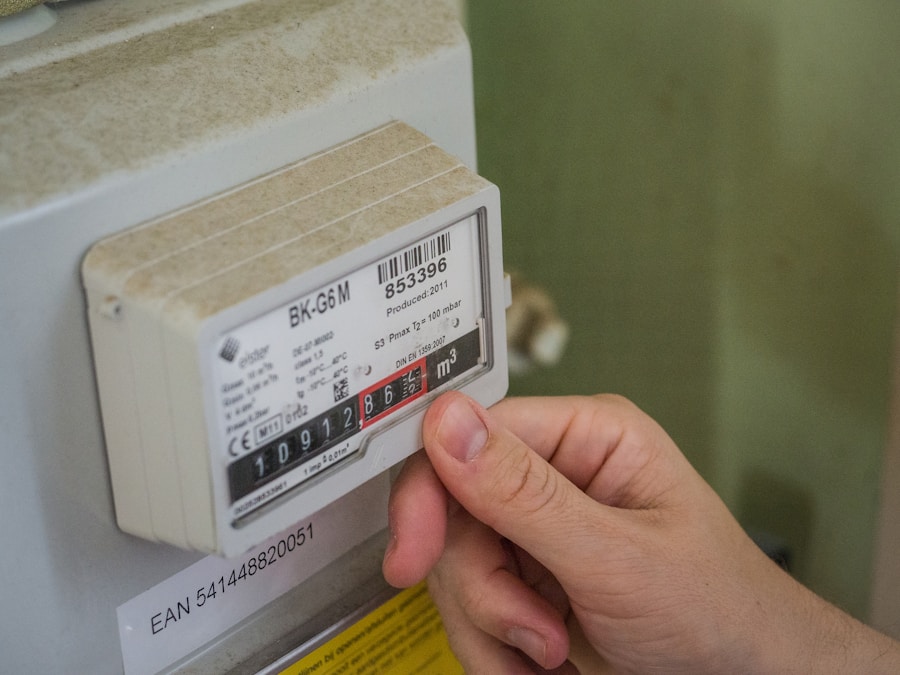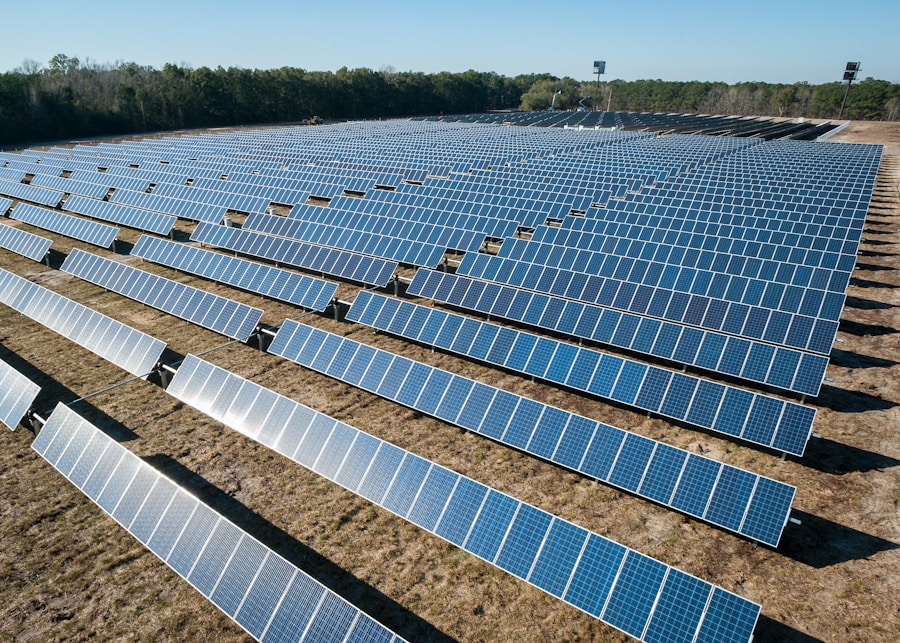Energy tariffs are the pricing structures that determine how much you pay for your gas and electricity usage. Understanding energy tariffs is essential for consumers to make informed decisions about their energy usage and expenditure. There are various types of energy tariffs available, each with its own set of terms and conditions, so it’s important to understand the differences between them. Energy tariffs can be fixed or variable, and they can also be based on the time of day or night when energy is used. It’s important to understand the details of your energy tariff so that you can make the most of your energy usage and save money on your bills.
Energy tariffs can be confusing, but it’s important to take the time to understand them in order to make the best decisions for your household or business. By understanding the different types of energy tariffs available, you can make informed choices about which one is best for your needs. Whether you’re looking for a fixed rate tariff to provide stability in your energy bills, or a variable rate tariff that allows you to take advantage of market fluctuations, understanding energy tariffs is crucial for managing your energy costs effectively.
Types of Energy Tariffs Available
There are several types of energy tariffs available, each with its own set of advantages and disadvantages. Fixed rate tariffs offer a set price for your energy usage over a specific period of time, providing stability and predictability in your energy bills. Variable rate tariffs, on the other hand, fluctuate with market conditions, meaning that your bills could go up or down depending on the price of energy at any given time. Time of use tariffs offer different rates for energy usage at different times of day, allowing consumers to save money by using energy during off-peak hours.
Another type of energy tariff is the green tariff, which allows consumers to support renewable energy sources by paying a premium for their electricity and gas. Economy 7 tariffs provide cheaper rates for energy usage during off-peak hours, typically at night, making them a good option for consumers who can shift their energy usage to these times. Understanding the different types of energy tariffs available is crucial for making informed decisions about which one is best for your needs.
Factors to Consider When Choosing an Energy Tariff
When choosing an energy tariff, there are several factors to consider in order to find the best plan for your needs. The first factor to consider is your energy usage patterns, as this will determine which type of tariff is most suitable for you. If you use a lot of energy during off-peak hours, for example, an economy 7 tariff might be a good option for you. On the other hand, if you prefer stability and predictability in your bills, a fixed rate tariff might be more suitable.
Another factor to consider is the length of the tariff, as some plans offer fixed rates for a specific period of time, while others are variable and can change at any time. It’s also important to consider any additional fees or charges associated with the tariff, as these can significantly impact the overall cost of your energy bills. Finally, it’s important to consider any incentives or rewards offered by the energy supplier, such as cashback or discounts for switching to a certain tariff. By considering these factors, you can make an informed decision about which energy tariff is best for your needs.
Comparing Energy Tariffs: Tips for Finding the Best Plan
When comparing energy tariffs, there are several tips to keep in mind in order to find the best plan for your needs. The first tip is to use an online comparison tool to compare different tariffs from various suppliers, as this can help you find the best deal for your energy usage. It’s also important to consider the length of the tariff, as some plans offer fixed rates for a specific period of time, while others are variable and can change at any time.
Another tip is to consider any additional fees or charges associated with the tariff, as these can significantly impact the overall cost of your energy bills. It’s also important to consider any incentives or rewards offered by the energy supplier, such as cashback or discounts for switching to a certain tariff. By comparing these factors, you can find the best plan for your needs and save money on your energy bills.
Switching Energy Tariffs: How to Make the Transition Smooth
Switching energy tariffs can seem like a daunting task, but with the right approach, it can be a smooth and straightforward process. The first step is to compare different tariffs from various suppliers using an online comparison tool, as this can help you find the best deal for your energy usage. Once you’ve found a suitable tariff, it’s important to contact the new supplier and provide them with your meter readings and account details in order to initiate the switch.
It’s also important to check if there are any exit fees associated with your current tariff, as these can impact the overall cost of switching. Once you’ve made the switch, it’s important to keep an eye on your bills and meter readings to ensure that everything is running smoothly. By following these steps, you can make the transition to a new energy tariff smooth and hassle-free.
Managing Your Energy Usage to Get the Most Out of Your Tariff
Once you’ve chosen an energy tariff that suits your needs, it’s important to manage your energy usage in order to get the most out of it. One way to do this is by being mindful of your energy consumption and making small changes to reduce waste and save money on your bills. This could include turning off lights and appliances when they’re not in use, using energy-efficient appliances, and insulating your home to reduce heat loss.
Another way to manage your energy usage is by taking advantage of off-peak hours if you’re on a time of use tariff, as this can help you save money on your bills. It’s also important to keep an eye on your bills and meter readings to ensure that everything is running smoothly and that you’re getting the most out of your tariff. By managing your energy usage effectively, you can save money on your bills and make the most of your chosen tariff.
Seeking Professional Advice: When to Consult an Energy Tariff Expert
While it’s possible to research and compare energy tariffs on your own, there are times when it’s beneficial to consult an energy tariff expert for professional advice. If you’re unsure about which type of tariff is best for your needs or if you’re struggling to find a suitable plan, an expert can provide valuable guidance and help you make informed decisions about your energy usage. An expert can also help you navigate the process of switching tariffs and ensure that everything runs smoothly.
Another reason to consult an energy tariff expert is if you’re experiencing issues with your current supplier or if you’re unsure about any additional fees or charges associated with a particular tariff. An expert can provide clarity and help you understand the terms and conditions of different tariffs in order to find the best plan for your needs. By seeking professional advice when necessary, you can make informed decisions about your energy usage and save money on your bills in the long run.










